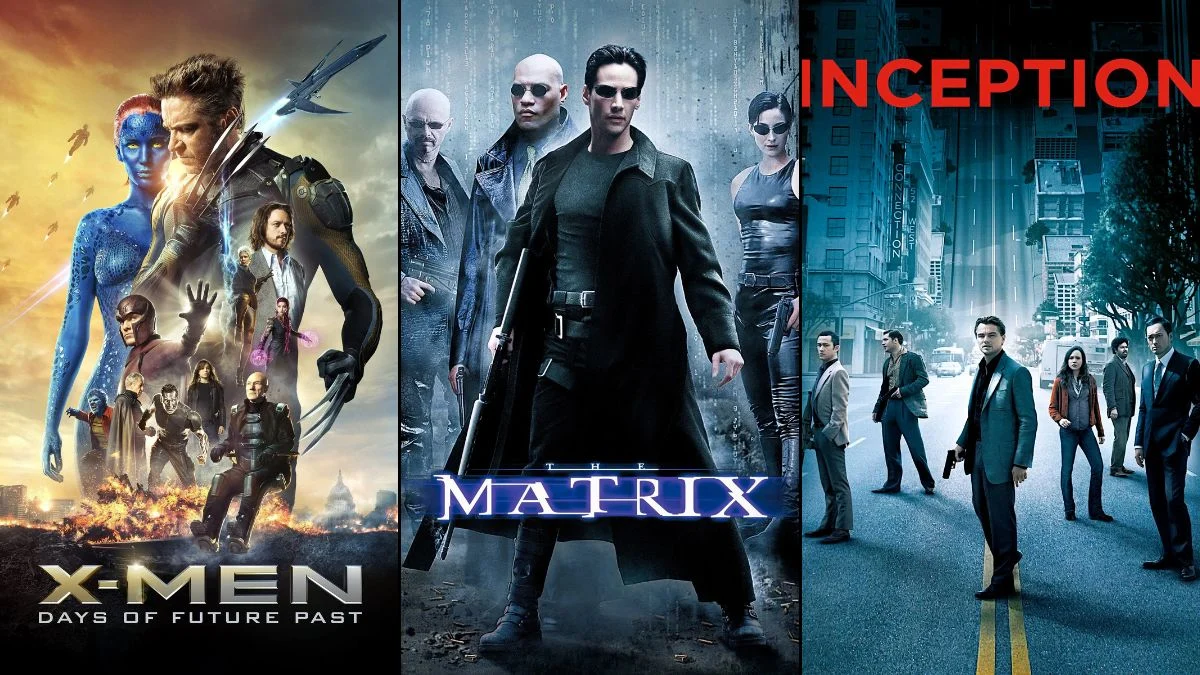
Slow motion is a filmmaking trick that changes the speed of a scene to make it more dramatic or impactful. Directors use it to draw attention to small details or create a feeling of suspense. It can turn fast-paced action into something beautiful and graceful, or emphasize a powerful moment. Over time, filmmakers have gone from simply filming at higher speeds to using advanced computer technology to create slow-motion effects. The films below showcase some of the most inventive and unforgettable uses of this classic technique.
‘The Matrix’ (1999)

The Wachowskis changed action movies forever with a technique called “bullet time.” This effect makes it look like time slows down while the camera moves around a still subject. A famous example is when Neo dodges bullets on a rooftop, creating a seemingly impossible scene. Bullet time works by using many cameras that quickly take pictures one after another, giving the impression of fluid motion. This effect also cleverly shows how the film’s world is a digital simulation.
‘X-Men: Days of Future Past’ (2014)
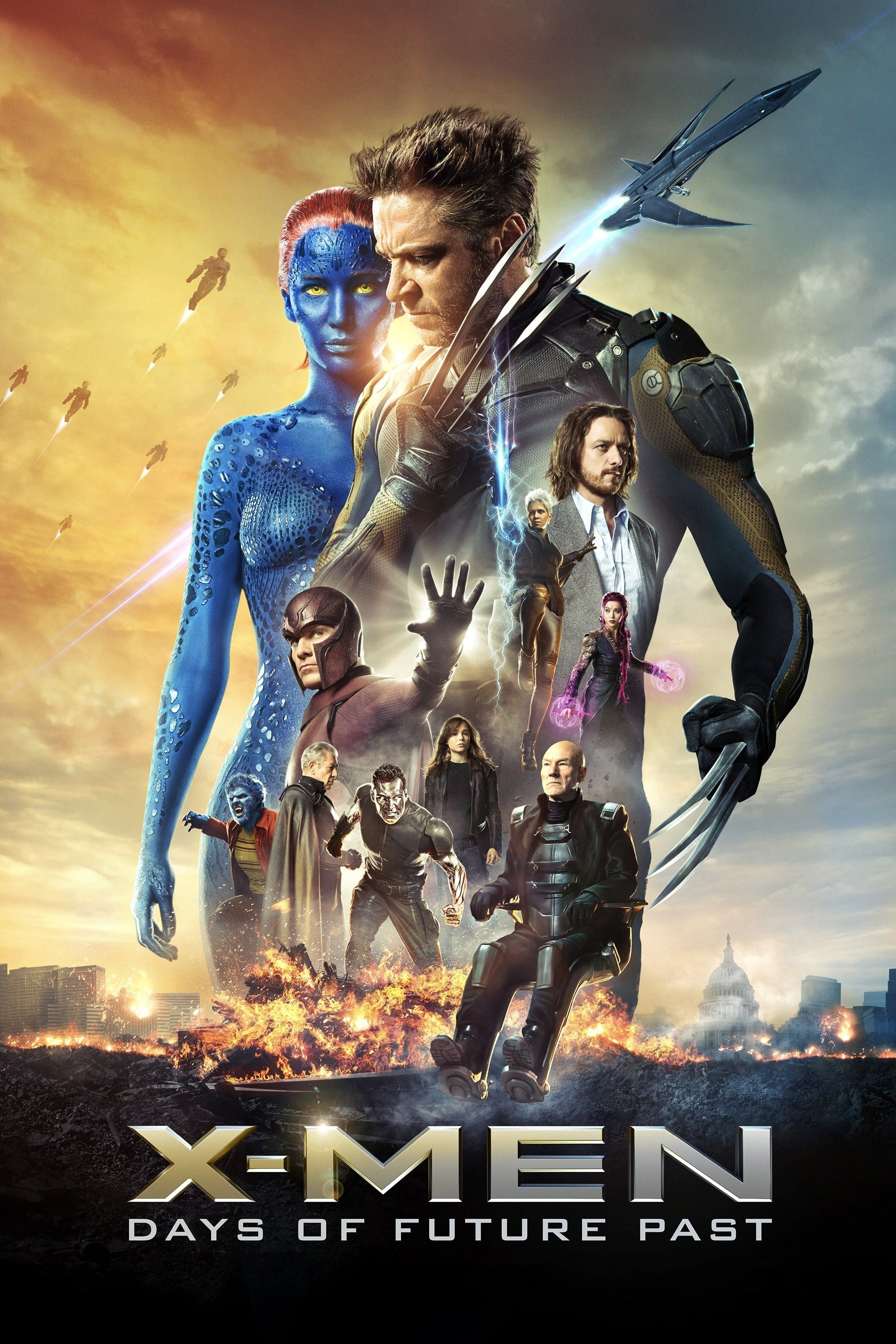
In an amazing scene, Quicksilver zips around the Pentagon kitchen, dodging bullets and moving things with incredible speed while everyone else appears frozen. The scene was filmed using special high-speed cameras that capture thousands of images every second, letting viewers experience the action as if they were moving just as fast. It’s both funny and visually stunning, showing how Quicksilver perceives time differently from everyone else – he even has time to enjoy a bowl of soup and playfully move people around!
‘Inception’ (2010)
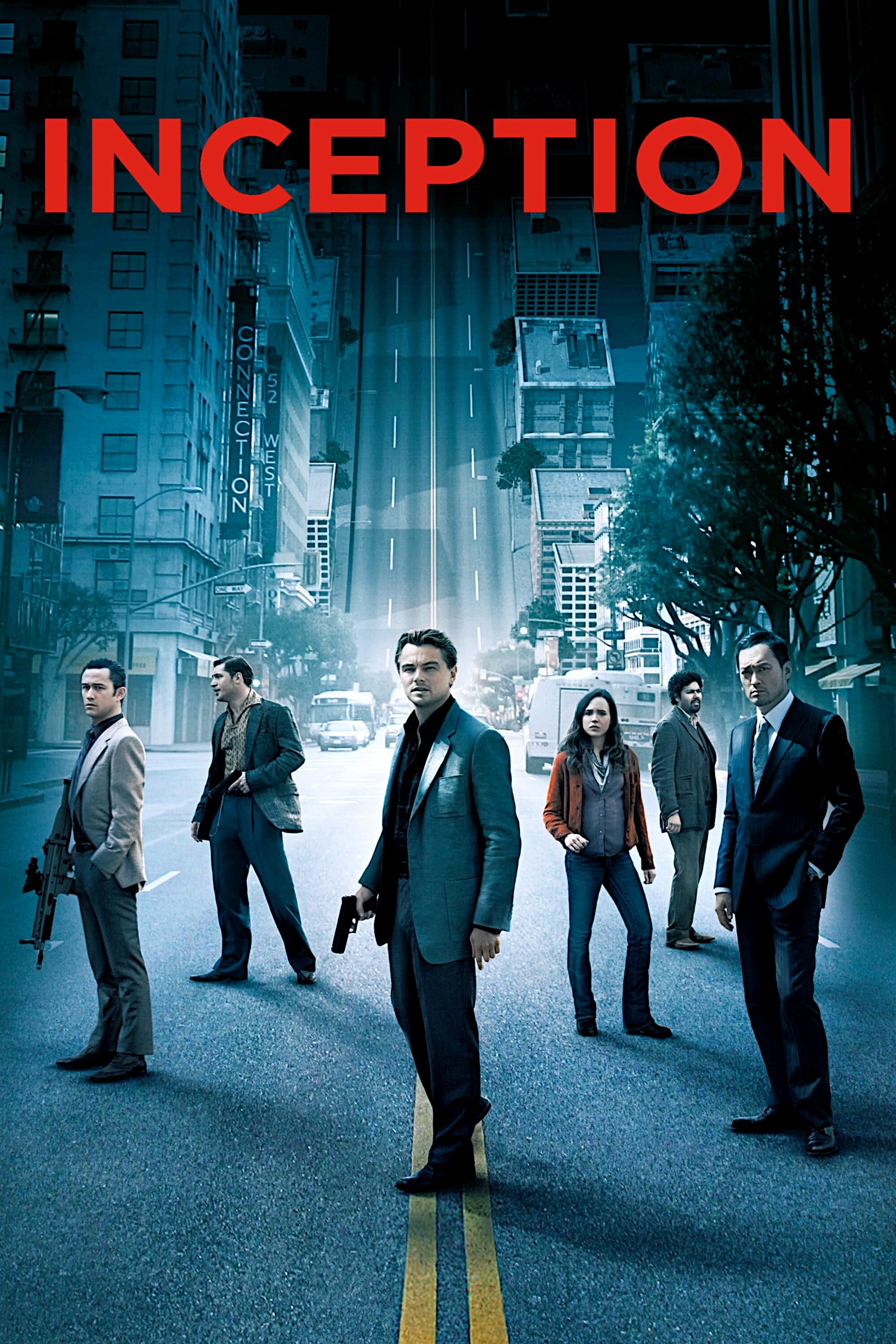
In Christopher Nolan’s film, time moves at different speeds within each dream level. For example, a van falling in the first dream might feel like several minutes of floating in a deeper dream. As characters navigate a hotel and experience shifting gravity, time stretches and distorts, reflecting their increasingly deep sleep. The film’s editing skillfully blends these varying timelines, building intense suspense as the story reaches its peak.
‘300’ (2006)

Zack Snyder uses a technique called speed ramping – switching between slow and fast motion within a single shot – to create a dramatic effect. In scenes of King Leonidas fighting the Persian army, this emphasizes the power and impact of each blow. This style is inspired by the look of the original graphic novel, which used still images to convey action and energy.
‘Sherlock Holmes’ (2009)
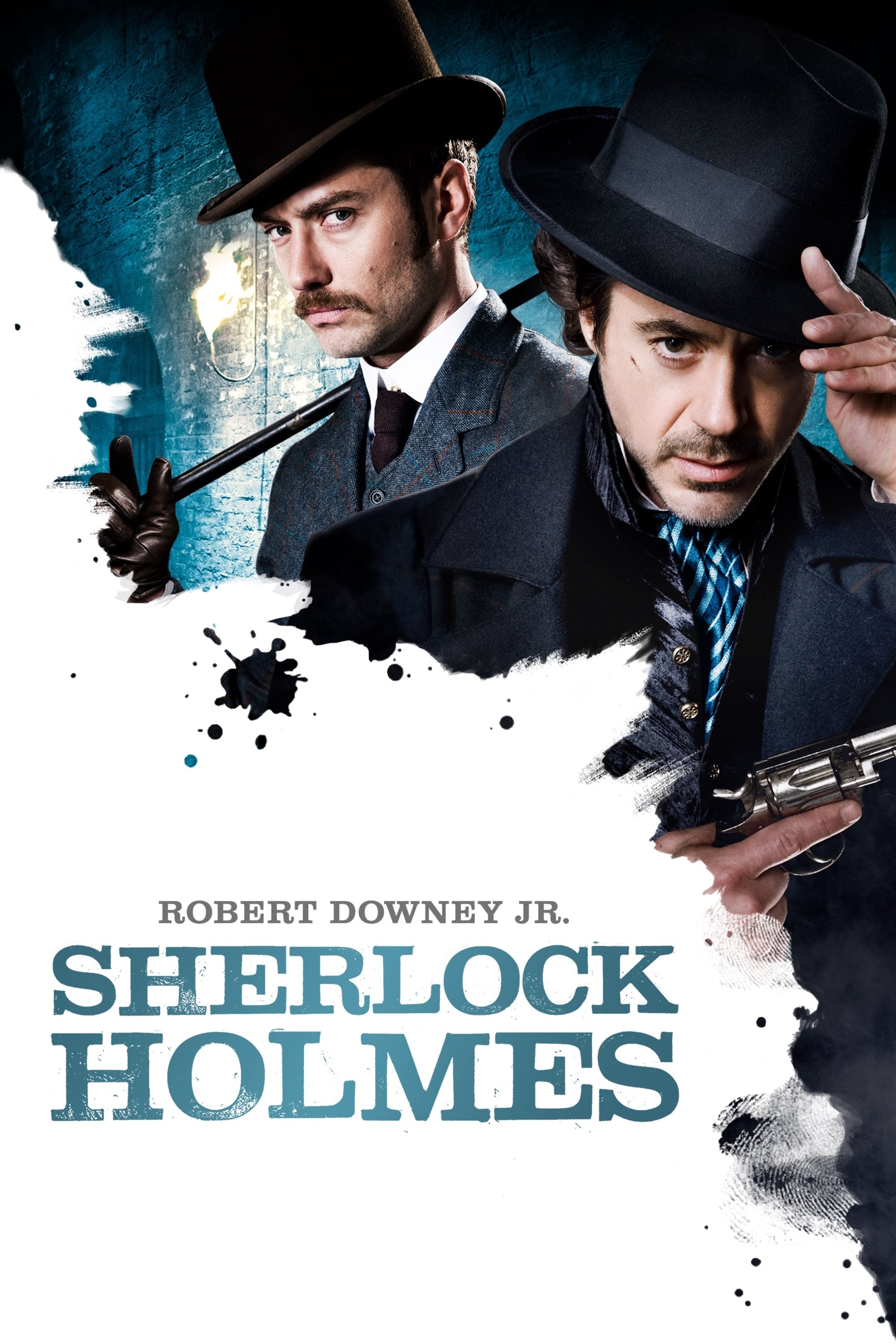
As a film buff, I really love how Guy Ritchie handles the action in his Sherlock Holmes movies. Instead of just showing a fight, he takes you inside Holmes’ head first. We see everything in super slow motion as Holmes rapidly breaks down his opponent – spotting every weakness and predicting exactly how the fight will go. Then, bam, it cuts back to real time and the fight unfolds precisely as he’d envisioned. It’s a brilliant way to highlight just how incredibly smart and analytical Holmes is, even while he’s throwing punches and dodging blows. It’s not just a brawl; it’s a display of his intellect in action.
‘Dredd’ (2012)
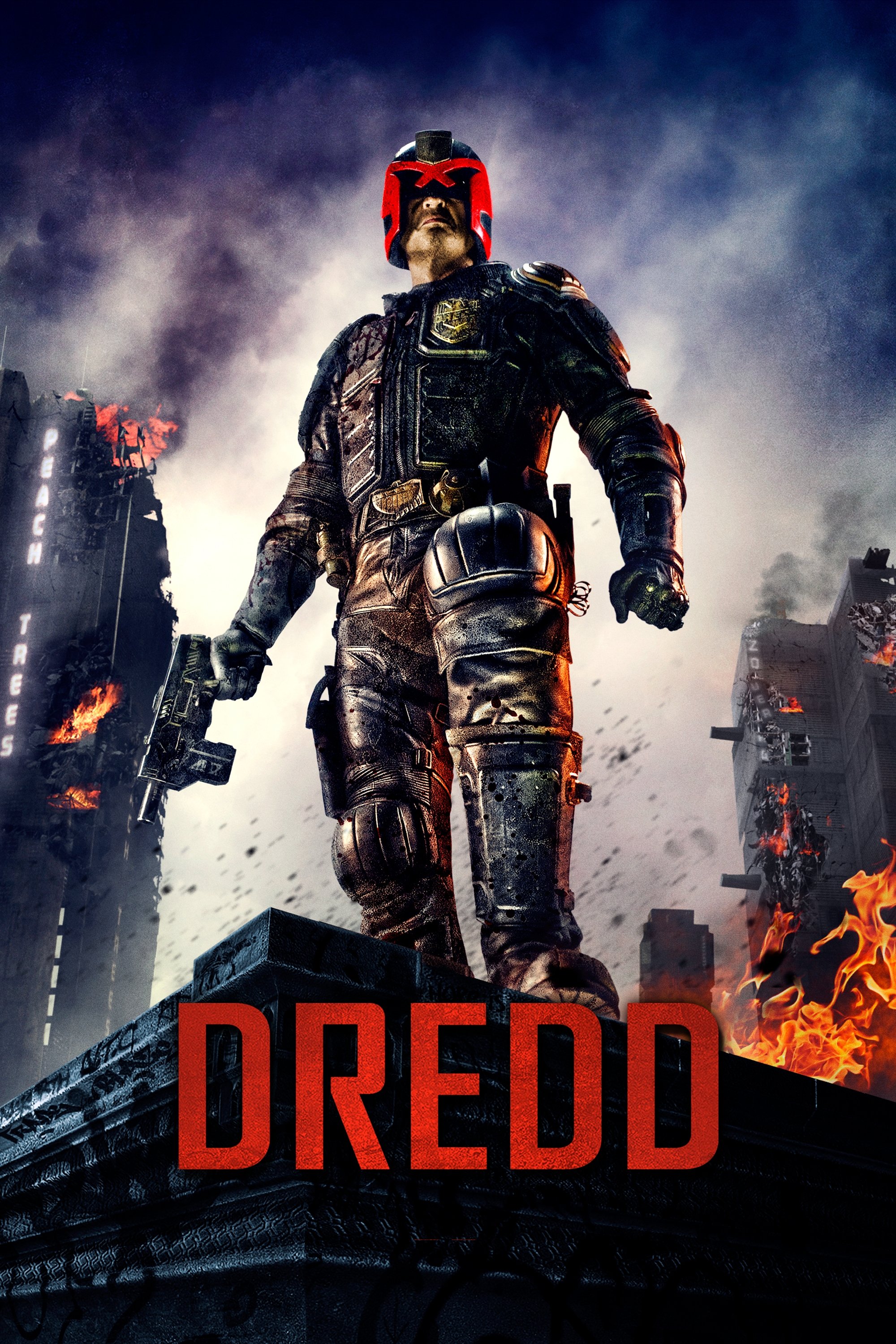
The film revolves around a drug called Slo-Mo, which makes time seem to move at one percent of its normal speed. Filmmakers used special high-speed cameras to capture stunning visuals – bright colors and intricate details – during action sequences like drug raids. The resulting slow motion doesn’t just show violence, it transforms it into something strangely beautiful, as bullets and shattering glass appear frozen in time. This technique also helps viewers understand what it’s like to experience the drug’s effects.
‘Hard Boiled’ (1992)
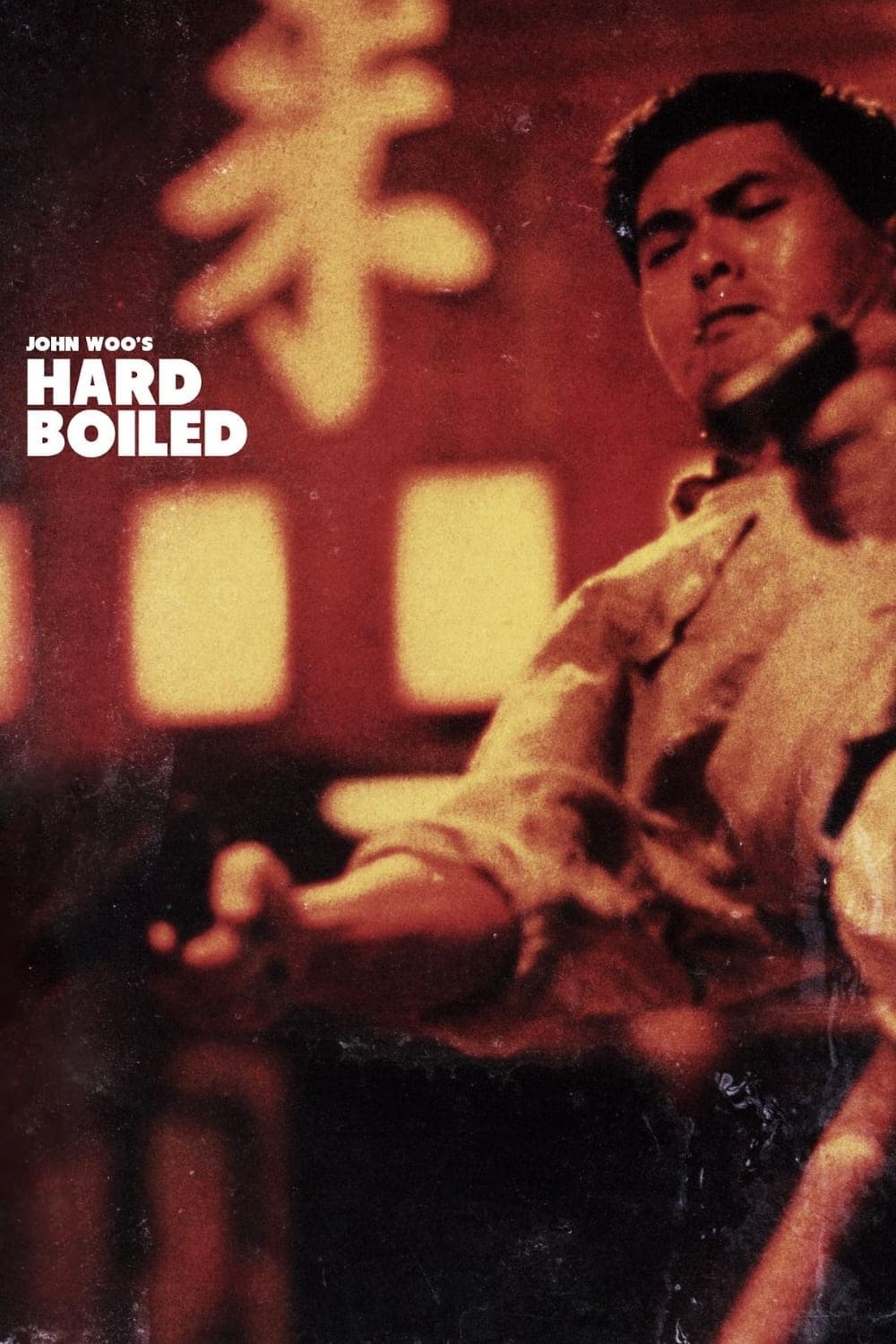
John Woo uses slow motion to make gunfights more dramatic and visually stunning, almost like a dance. His action sequences feature characters like Tequila Yuen performing acrobatic moves – sliding, jumping, and firing two guns at once. Slowing down the action lets viewers fully appreciate the carefully planned choreography and the incredible scale of the destruction. Often, doves are shown flying during these scenes, creating a contrast between peaceful imagery and violent action.
‘The Hurt Locker’ (2008)

Kathryn Bigelow powerfully portrays the dangers of bomb disposal using fast-paced filming. The film shows explosions in vivid detail, with debris flying through the air. Slow motion highlights the sheer force of the blasts and how they physically affect the characters. This approach emphasizes the brutal reality of war, focusing on its physical consequences rather than simply creating a visually impressive display.
‘Spider-Man’ (2002)
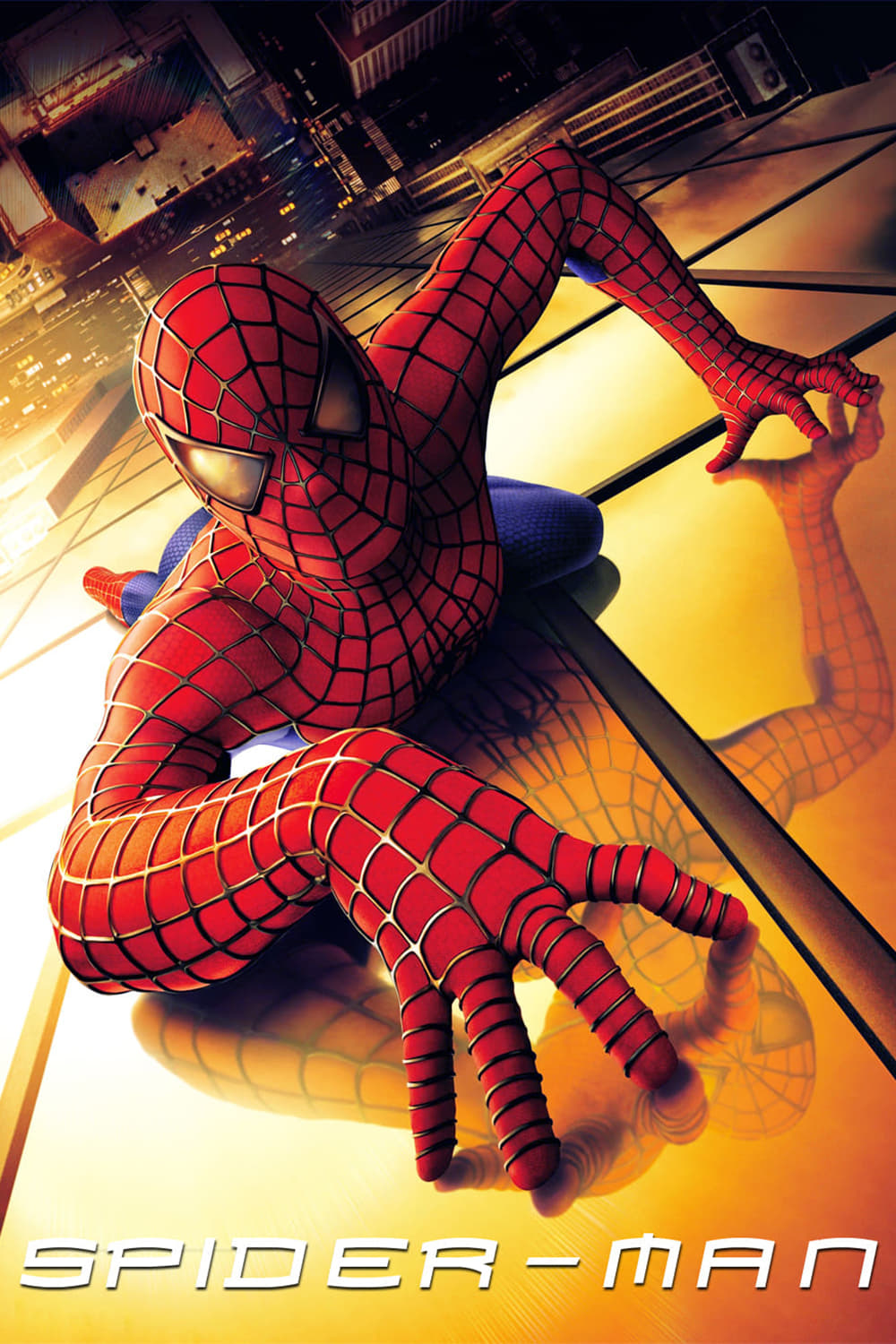
In a school fight, Sam Raimi shows us how Peter Parker’s heightened reflexes work. Everything slows down for Peter, letting him easily dodge attacks and even catch a falling tray. This scene helps the audience grasp just how fast his reactions have become, and it’s the moment Peter himself realizes the full potential of his powers.
‘Zombieland’ (2009)
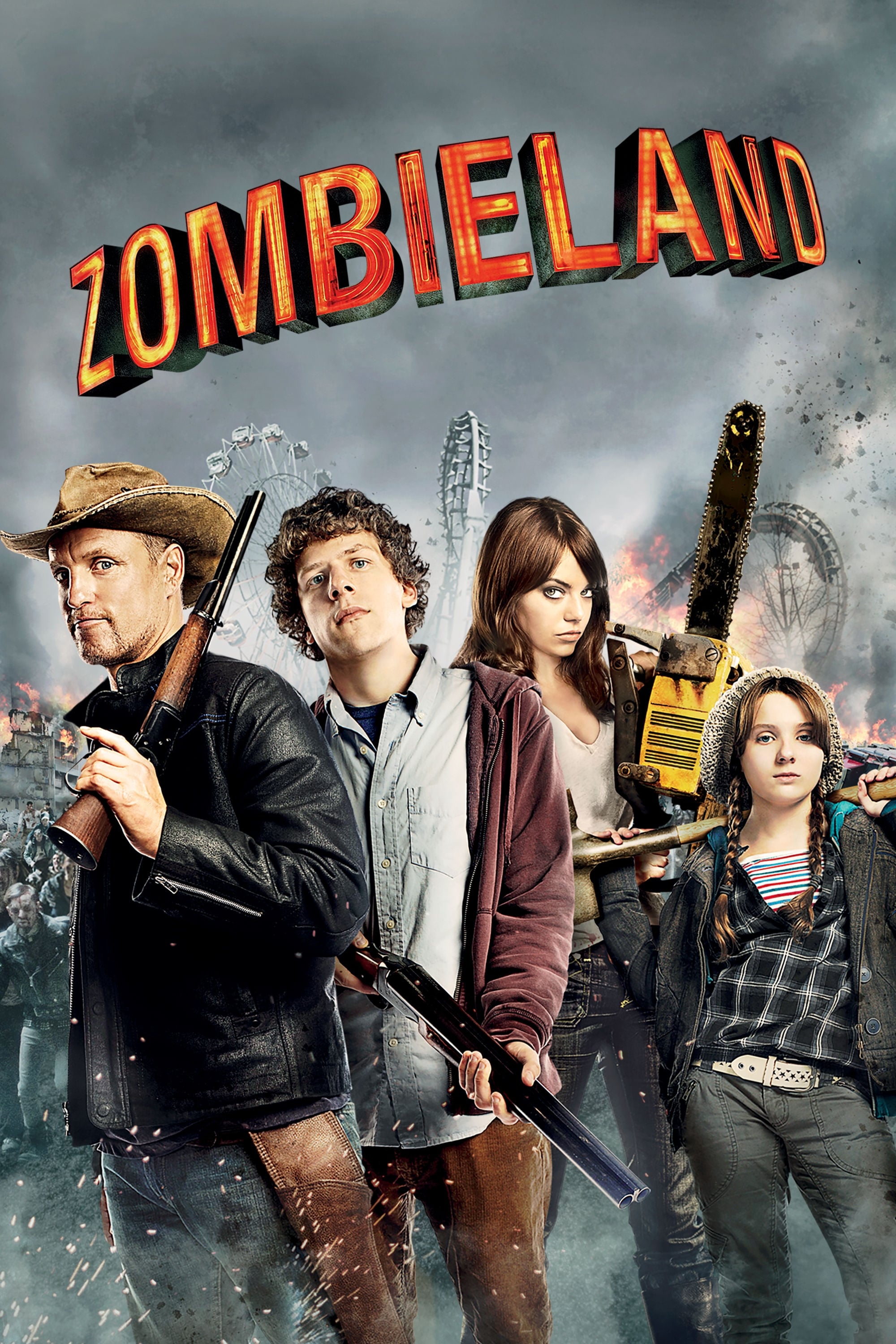
The movie begins with short scenes of zombie attacks shown in super slow motion. People are running from zombies, but in a comical way – dropping drinks, crashing cars, and generally stumbling through the chaos. This slow-motion approach emphasizes the ridiculousness of the situation rather than just being scary, and quickly establishes the film’s humorous style.
‘Watchmen’ (2009)
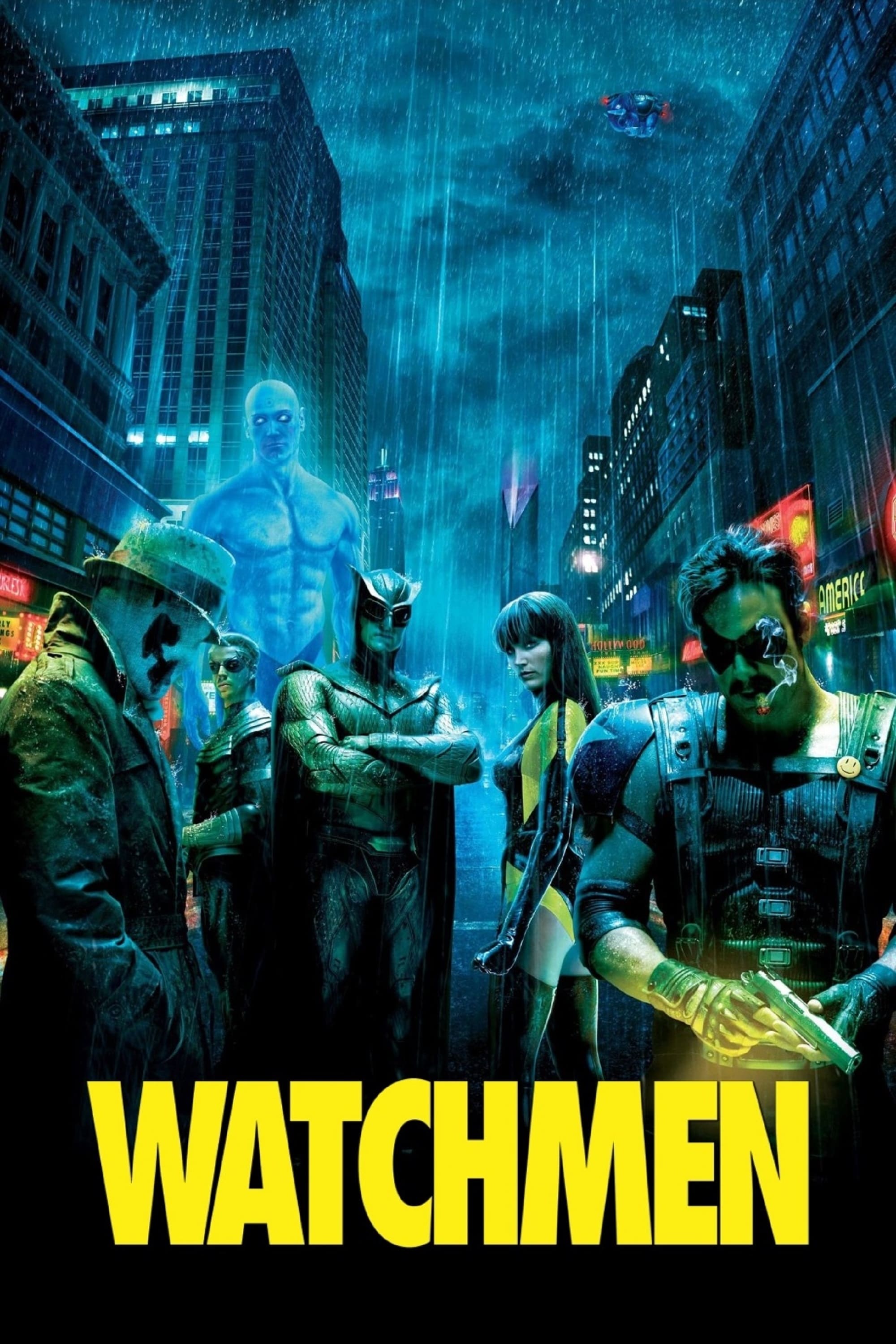
The show’s opening sequence quickly establishes its unique history through a dramatic, slow-motion montage. It reimagines iconic historical scenes, adding masked heroes to the mix. Each image feels like a powerful photograph or a still from a comic book, effectively building the world and telling the story without any spoken words.
‘The Untouchables’ (1987)

Brian De Palma masterfully creates intense suspense in a train station shootout, famously featuring a baby carriage. The carriage slowly rolls down the stairs as bullets fly, and De Palma deliberately extends the scene to heighten the danger and emphasize the vulnerability of the baby. This sequence is a clear nod to the iconic staircase scene in the film ‘Battleship Potemkin’.
‘Reservoir Dogs’ (1992)

Quentin Tarantino famously begins many of his films with a slow-motion shot of his characters walking down the street, set to a classic rock song. This instantly creates a memorable and stylish introduction, showcasing the characters’ personalities and their relationships with each other. It effectively establishes their cool confidence before things start to go wrong, and has become one of the most iconic opening scenes in independent cinema.
‘Chariots of Fire’ (1981)
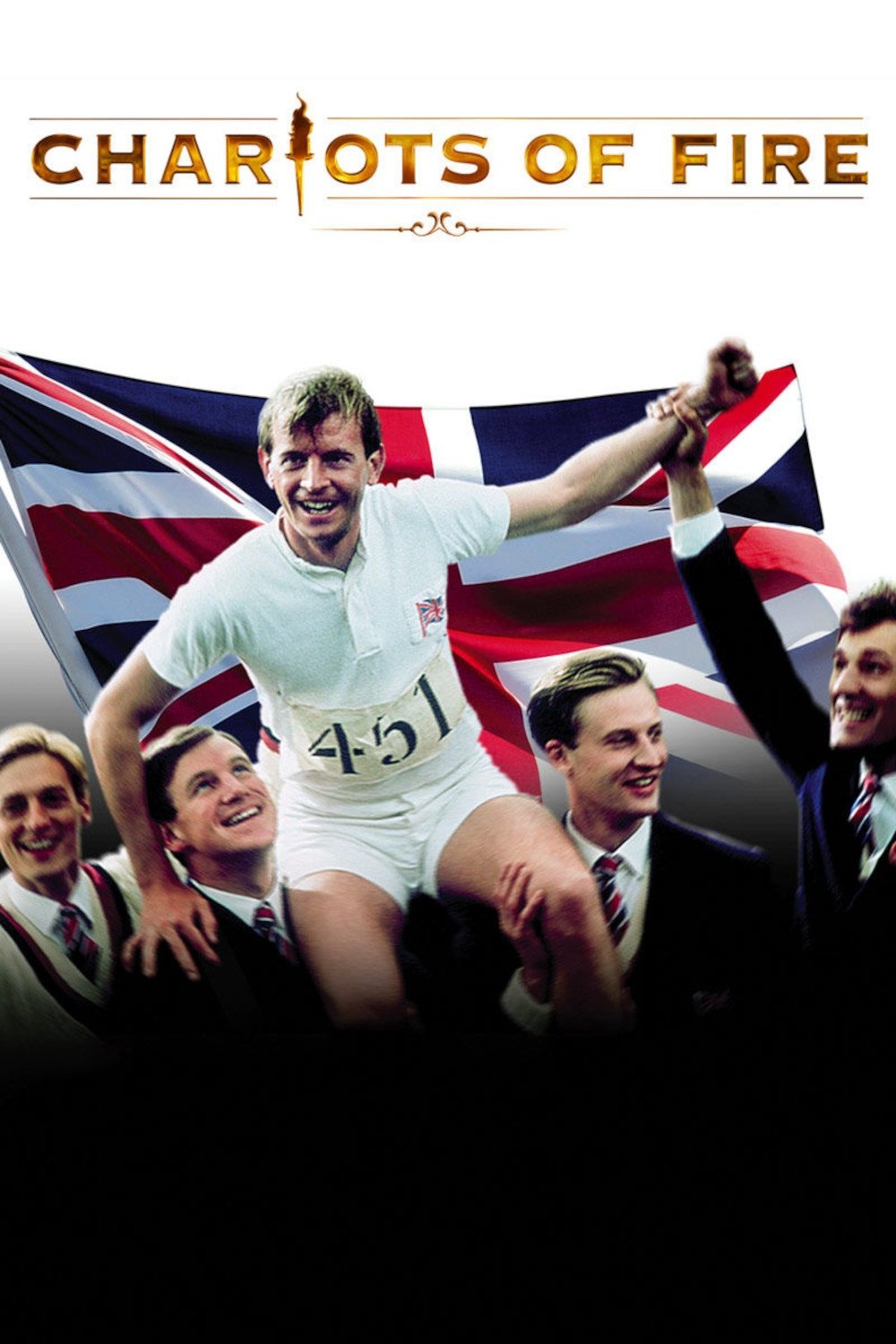
The beach runners are filmed in slow motion, highlighting both their elegance and the hard work they put in. Vangelis’s famous synthesizer music perfectly complements their movements. What starts as a regular practice session becomes a powerful image of dedication and triumph. This scene has become a classic example of how inspirational sports movies use visuals and music to create an emotional impact.
‘Platoon’ (1986)
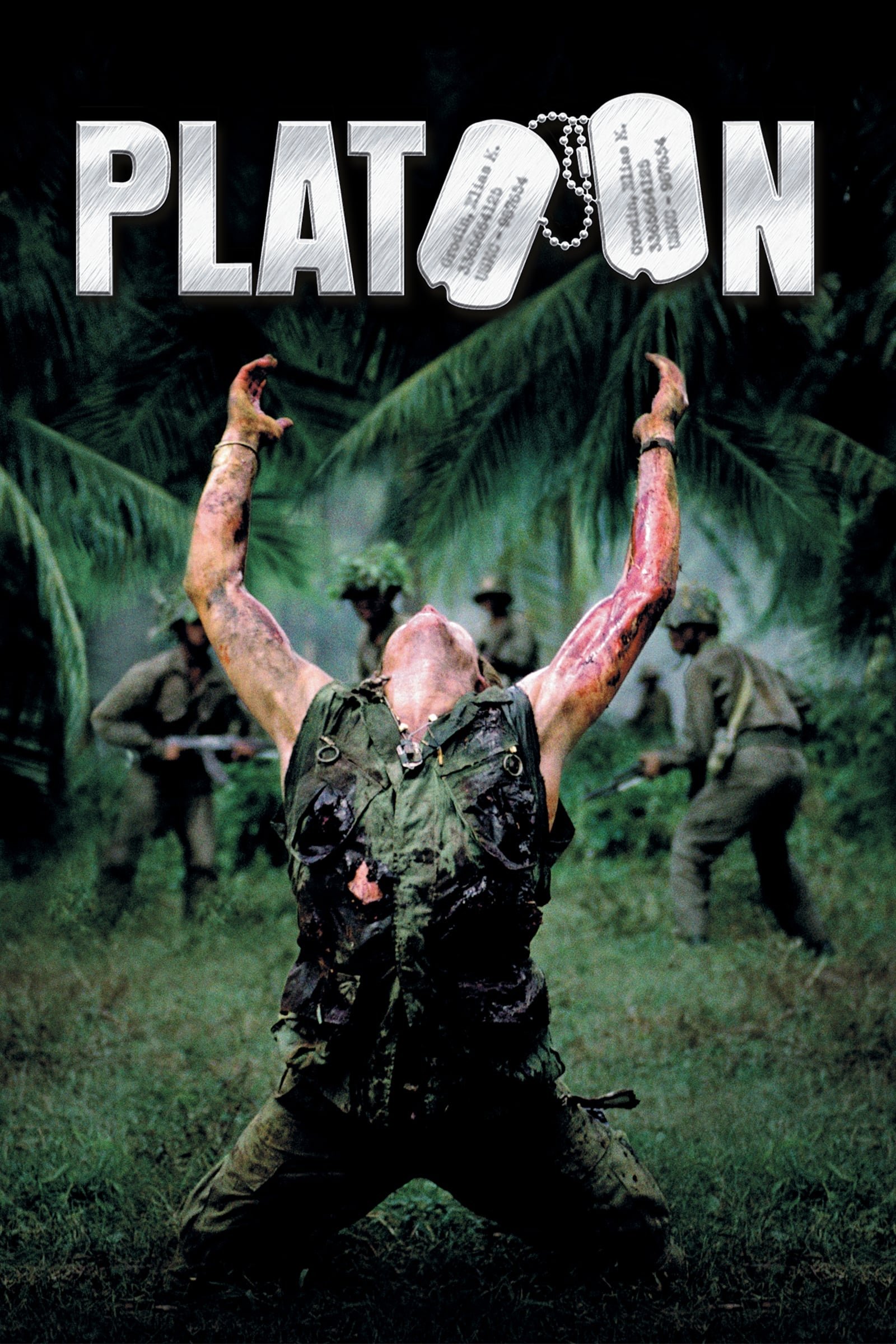
Sergeant Elias flees through the jungle, pursued by enemy troops. As he’s hit by a barrage of bullets, he reaches for the sky in what seems like slow motion. This dramatic slowing of time transforms his death into a powerful, almost sacred image of self-sacrifice. Director Oliver Stone employs this technique to emphasize the loss of innocence that characterized the Vietnam War.
‘Bonnie and Clyde’ (1967)
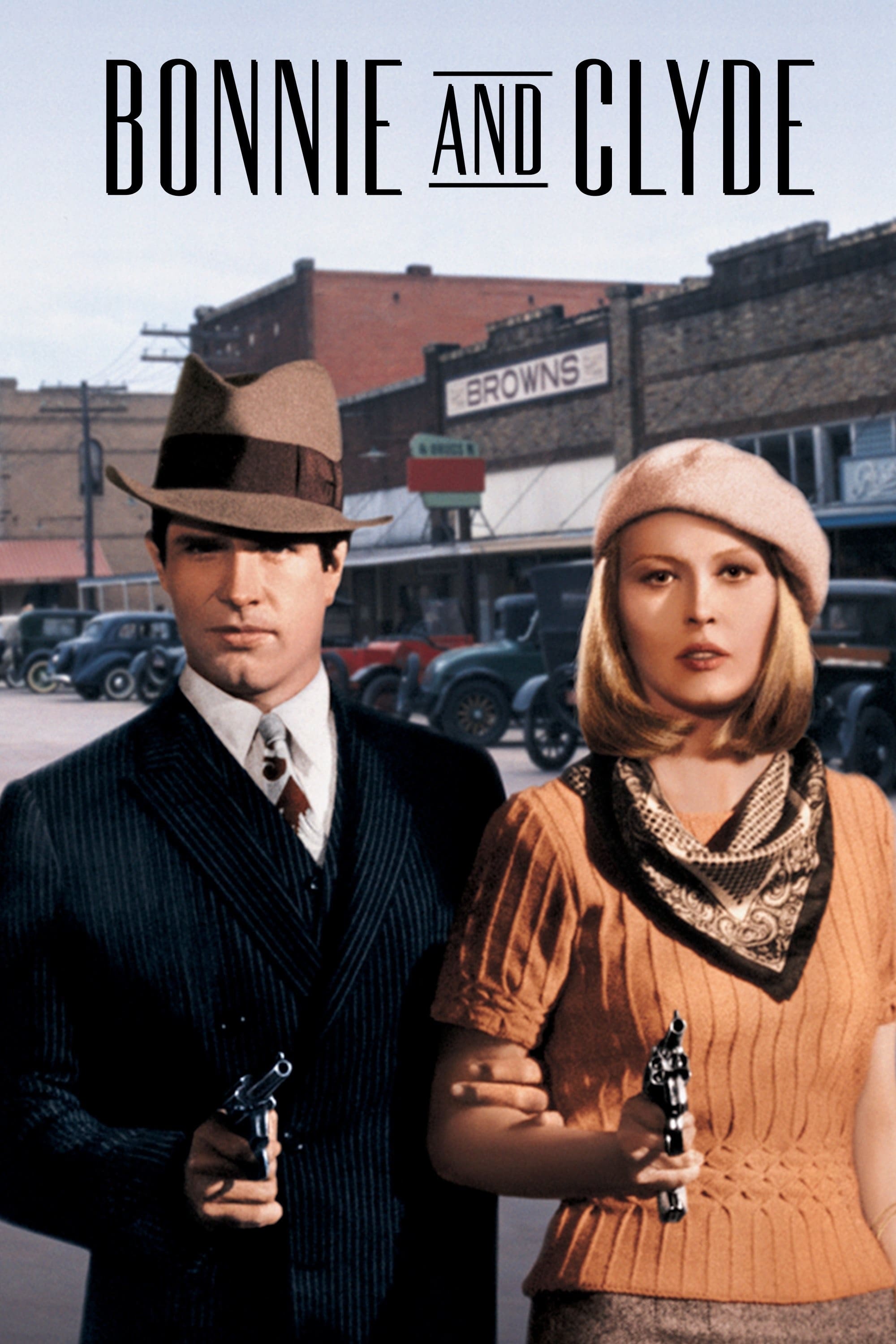
The movie’s climactic shootout shows the outlaws being brutally killed in a shocking and fast-paced scene. Director Arthur Penn uses slow motion to draw out the deaths and highlight how violent the law enforcement officers are. The bodies spasm and move uncontrollably as the camera rapidly switches between different speeds and viewpoints. This sequence was groundbreaking and significantly changed how violence was shown in American films.
‘The Wild Bunch’ (1969)
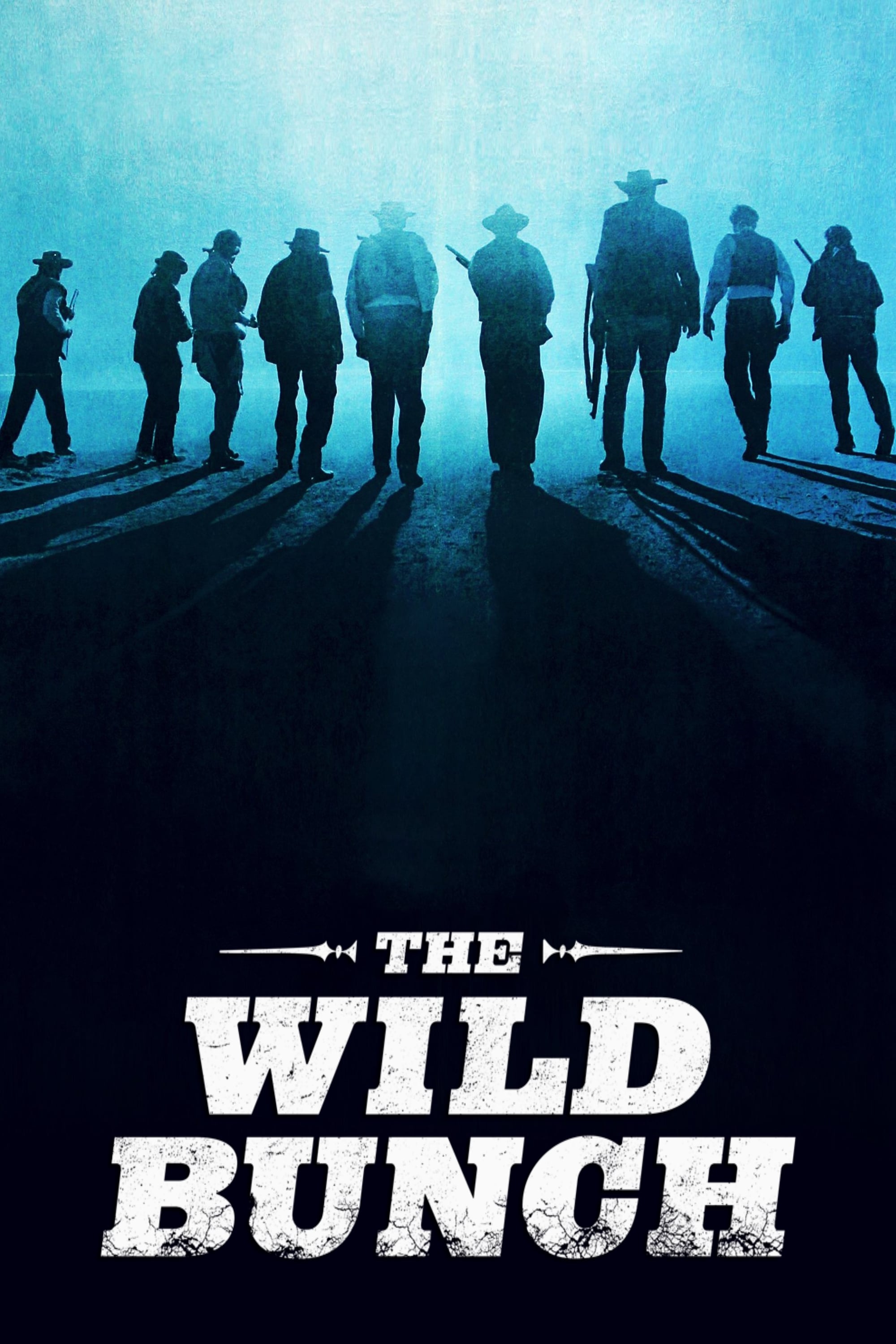
Sam Peckinpah changed western films forever with his innovative use of shootouts. He mixed normal and slow motion to create a striking, almost balletic depiction of violence, showing bodies falling and blood spraying in a way that felt both chaotic and deliberate. By stretching out the moments of violence, Peckinpah forced viewers to confront the brutal reality of it, shattering the romanticized image of the Old West and creating a powerfully draining, yet unforgettable, experience.
‘Raging Bull’ (1980)
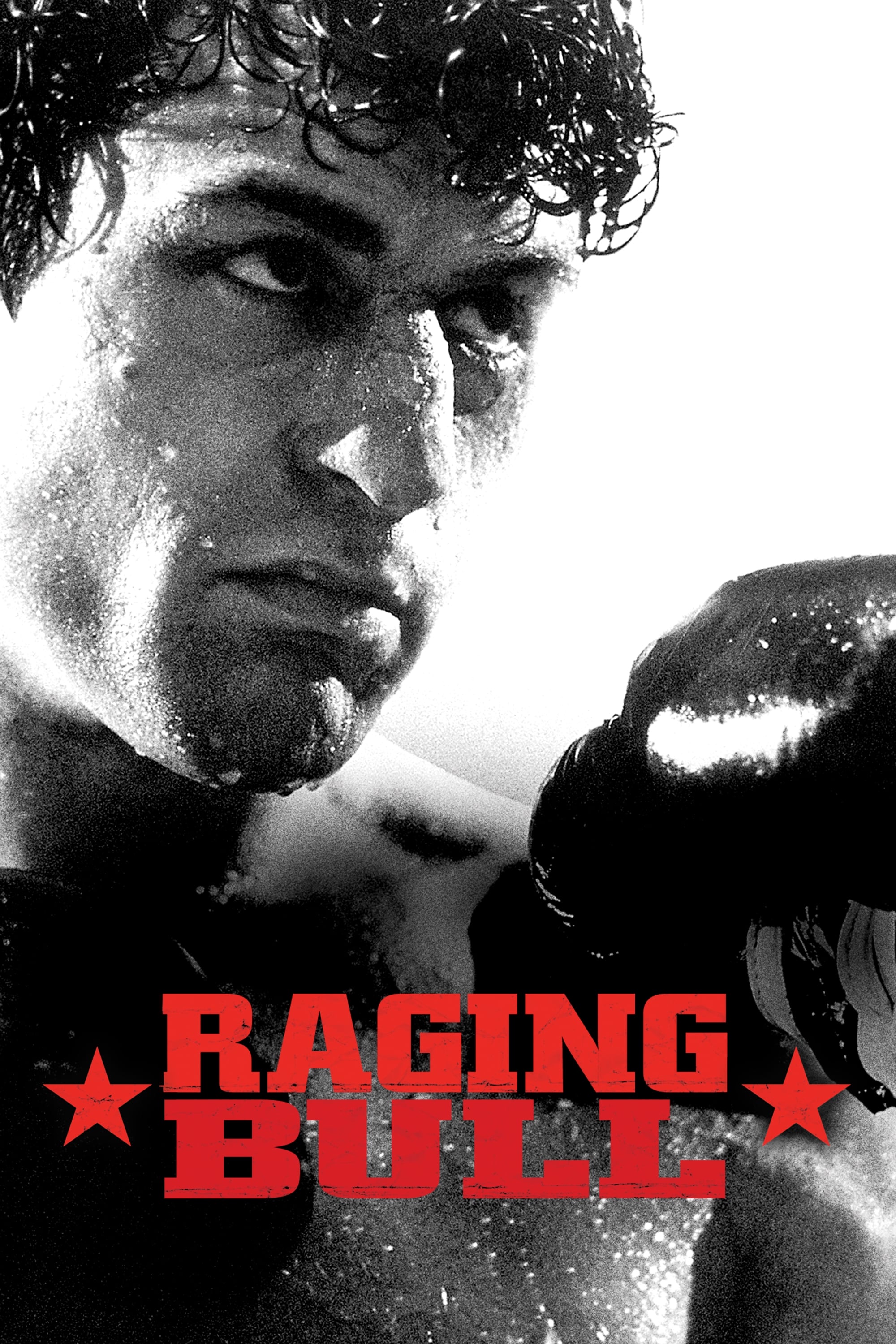
Martin Scorsese employs slow motion during boxing scenes to reveal Jake LaMotta’s inner turmoil. The camera’s flashing lights and emphasized punches, combined with distorted time, draw attention to the fighters’ experience. This technique separates LaMotta from the surrounding chaos and highlights his suffering, turning the boxing match into a stark and visually powerful depiction of pain.
‘Face/Off’ (1997)
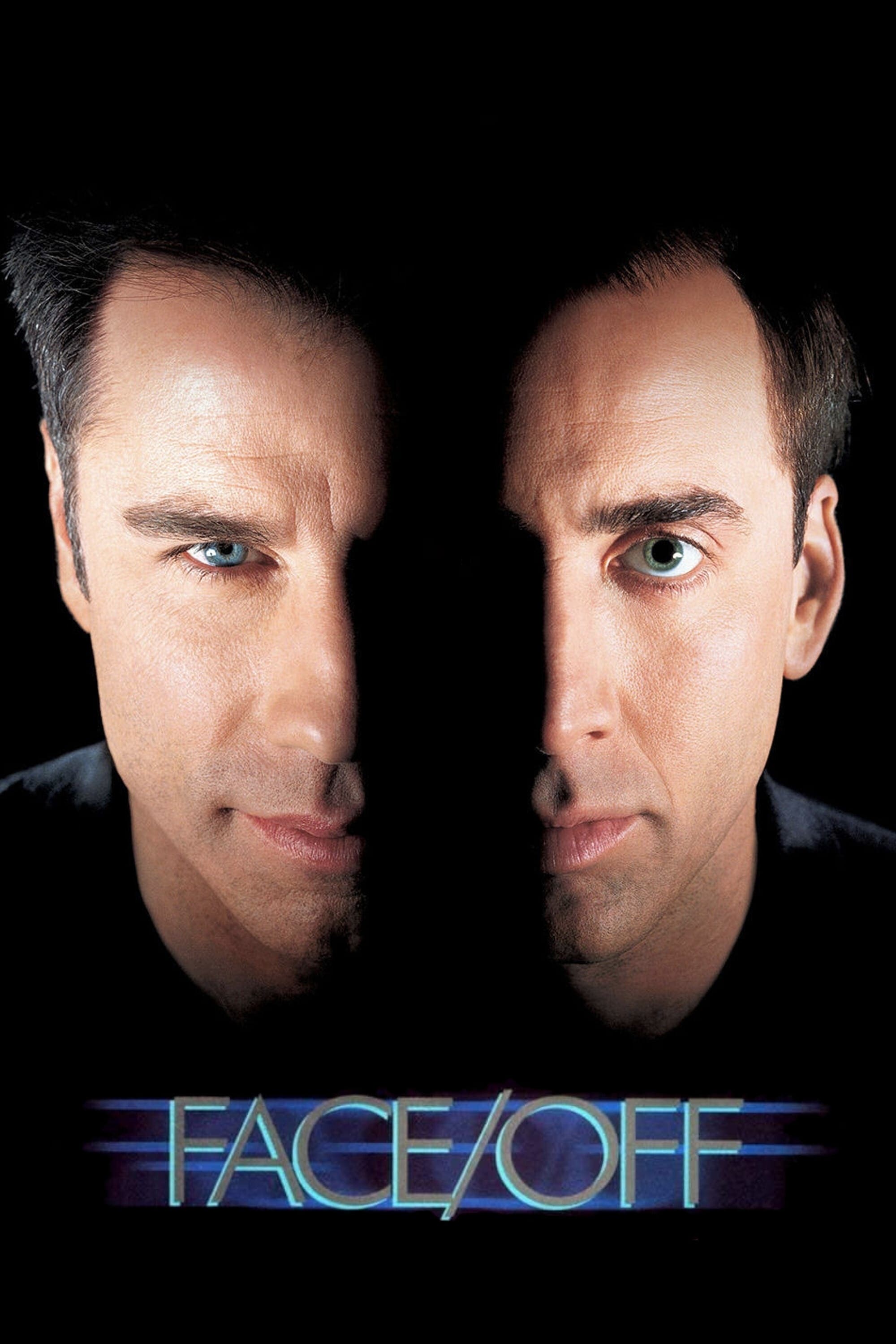
John Woo revolutionized action films in Hollywood with his over-the-top gunfights, often paired with dramatic music. His scenes feature characters dramatically leaping and firing weapons, with slow-motion effects and showers of sparks. A particularly striking example is a young boy listening to the gentle song ‘Over the Rainbow’ while intense violence unfolds nearby. This combination of innocence and destruction creates a dreamlike and unsettling mood.
‘Crouching Tiger, Hidden Dragon’ (2000)

Ang Lee employs slow motion in his wuxia films to showcase the grace and fluidity of the martial arts. Fighters appear to float and move effortlessly, even while balancing on precarious branches high in the air. This technique highlights not just their physical skill, but also their inner control, transforming fights into beautiful, almost weightless dances.
Tell us which slow-motion scene from this list is your favorite by leaving a reply in the comments.
Read More
- DOGE PREDICTION. DOGE cryptocurrency
- Calvin Harris Announces India Debut With 2 Shows Across Mumbai and Bangalore in November: How to Attend
- EQT Earnings: Strong Production
- The Relentless Ascent of Broadcom Stock: Why It’s Not Too Late to Jump In
- Docusign’s Theatrical Ascent Amidst Market Farce
- TON PREDICTION. TON cryptocurrency
- Ultraman Live Stage Show: Kaiju Battles and LED Effects Coming to America This Fall
- The Dividend Maze: VYM and HDV in a Labyrinth of Yield and Diversification
- HBO Boss Discusses the Possibility of THE PENGUIN Season 2
- Why Rocket Lab Stock Skyrocketed Last Week
2025-11-27 04:46